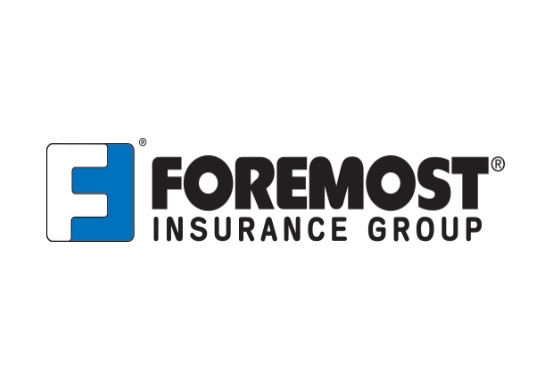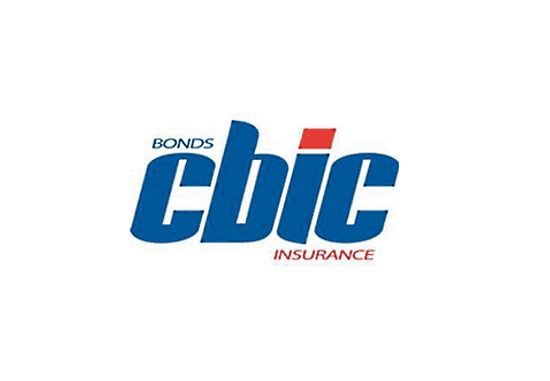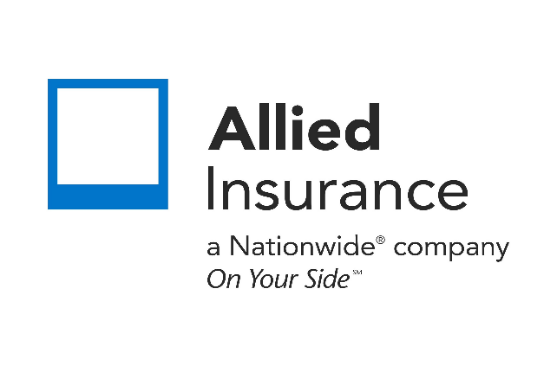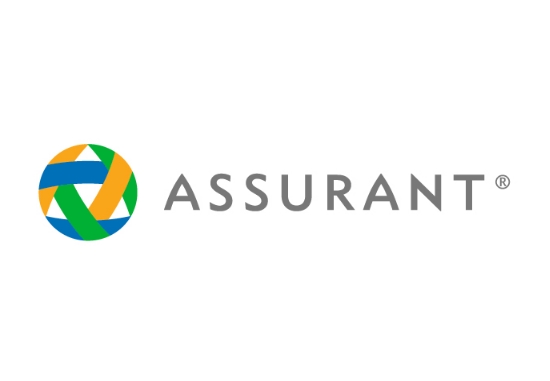What is the average cost of pet insurance?
Understanding the Average Cost of Pet Insurance: Factors, Coverage, and Considerations”
Pet insurance provides financial protection for unexpected veterinary expenses, ensuring that pet owners can provide necessary medical care for their furry companions without worrying about the cost. However, understanding the average cost of pet insurance and the factors that influence it is essential for pet owners considering purchasing a policy. In this comprehensive guide, we delve into the average cost of pet insurance, factors that affect pricing, coverage options, and important considerations for pet owners.
Factors Affecting Pet Insurance Costs:
- Pet’s Age: Younger pets typically have lower premiums, while older pets may incur higher costs due to increased risk of health issues.
- Breed: Certain breeds may be prone to specific health conditions, affecting insurance premiums.
- Location: Veterinary costs vary by region, influencing insurance rates.
- Coverage Type: Comprehensive coverage with higher reimbursement limits and lower deductibles may result in higher premiums.
- Deductible and Reimbursement Percentage: Choosing a higher deductible or lower reimbursement percentage can lower monthly premiums.
- Pre-existing Conditions: Some policies may exclude coverage for pre-existing conditions or charge higher premiums for pets with pre-existing health issues.
Average Cost of Pet Insurance:
- On average, pet insurance premiums range from $30 to $50 per month for dogs and $15 to $30 per month for cats.
- The annual cost of pet insurance typically falls between $350 and $500 for dogs and $175 and $300 for cats.
Coverage Options:
- Accident-Only Coverage: Covers injuries resulting from accidents, such as broken bones or lacerations.
- Accident and Illness Coverage: Provides coverage for both accidents and illnesses, including conditions like cancer, allergies, and infections.
- Wellness Coverage: Optional add-on coverage for routine veterinary care, such as vaccinations, dental cleanings, and preventive screenings.
Important Considerations for Pet Owners:
- Review Policy Details: Understand coverage limits, exclusions, waiting periods, and any additional fees.
- Evaluate Budget and Needs: Consider your pet’s age, breed, health history, and anticipated veterinary expenses when selecting coverage.
- Compare Plans: Research multiple pet insurance providers, compare quotes, and read customer reviews to find the best policy for your pet’s needs and your budget.
- Plan for Long-Term Costs: Consider the cost of premiums over your pet’s lifetime, factoring in potential rate increases as pets age.
While the average cost of pet insurance can vary based on several factors, investing in a comprehensive policy can provide peace of mind and financial protection for unexpected veterinary expenses. By understanding the factors that influence pet insurance costs, evaluating coverage options, and carefully selecting a policy that aligns with your pet’s needs and your budget, you can ensure that your furry companion receives the best possible medical care without breaking the bank.
We will find the best business insurance tailored to your needs. Read more…
Related Posts
Get a Right Insurance For You
SHARE THIS ARTICLE
We will compare quotes from trusted carriers for you and provide you with the best offer.
Protecting your future with us
Whatever your needs, give us a call, have you been told you can’t insure your risk, been turned down, or simply unhappy with your current insurance? Since 1995 we’ve been providing coverage to our customers, and helping people across United States.













